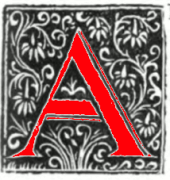
t times the poetics of air pollution in suggest the greenhouse gas effect. Dickens writes that in Coketown, “Nature was as strongly bricked out as killing airs and gases were bricked in” (60).65 He later adds, even more evocatively, “The air that would be healthful to the earth . . . tear[s] it when caged up” (201). While the greenhouse gas effect was not fully understood at this time, such passages suggest how Dickens’s novel is confronting pollution via coal combustion and the question of what happens when “killing airs” are hemmed in. This figuration of a human-created atmosphere helps us see the connection between urban and rural in the novel, for the coal goes from underground in the country to aboveground in the air of the city, and the narrator offers a perspective that identifies Coketown as part of a wider provincial surround: “Seen from a distance . . . Coketown lay shrouded in a haze of its own. . . . You only knew that the town was there, because you knew there could have been no such sulky blotch upon the prospect without a town. A blur of soot and smoke, now confusedly tending this way, now that way . . . a dense, formless jumble” (103). It is the smoke that makes the town, and the town seems to blow this way and that—expanding and contracting, without definite volume, inseparable from its context: “Coketown cast ashes not only on its own head but on the neighbourhood’s too” (235). Despite its formlessness, Coketown’s smoke is yet, somehow, permanent: “interminable serpents of smoke trailed themselves for ever and ever, and never got uncoiled” (23, my emphasis). Hard Times imagines no temporal horizon in which this smoke will ever dissipate. [64]
Bibliography
Miller, Elizabeth Carolyn. Extraction Technologies and the Literature of the Long Exhaustion. Princeton: Princeton University Press, 221. xiv + 285 pages. [Review]
Last modified 25 November 2021